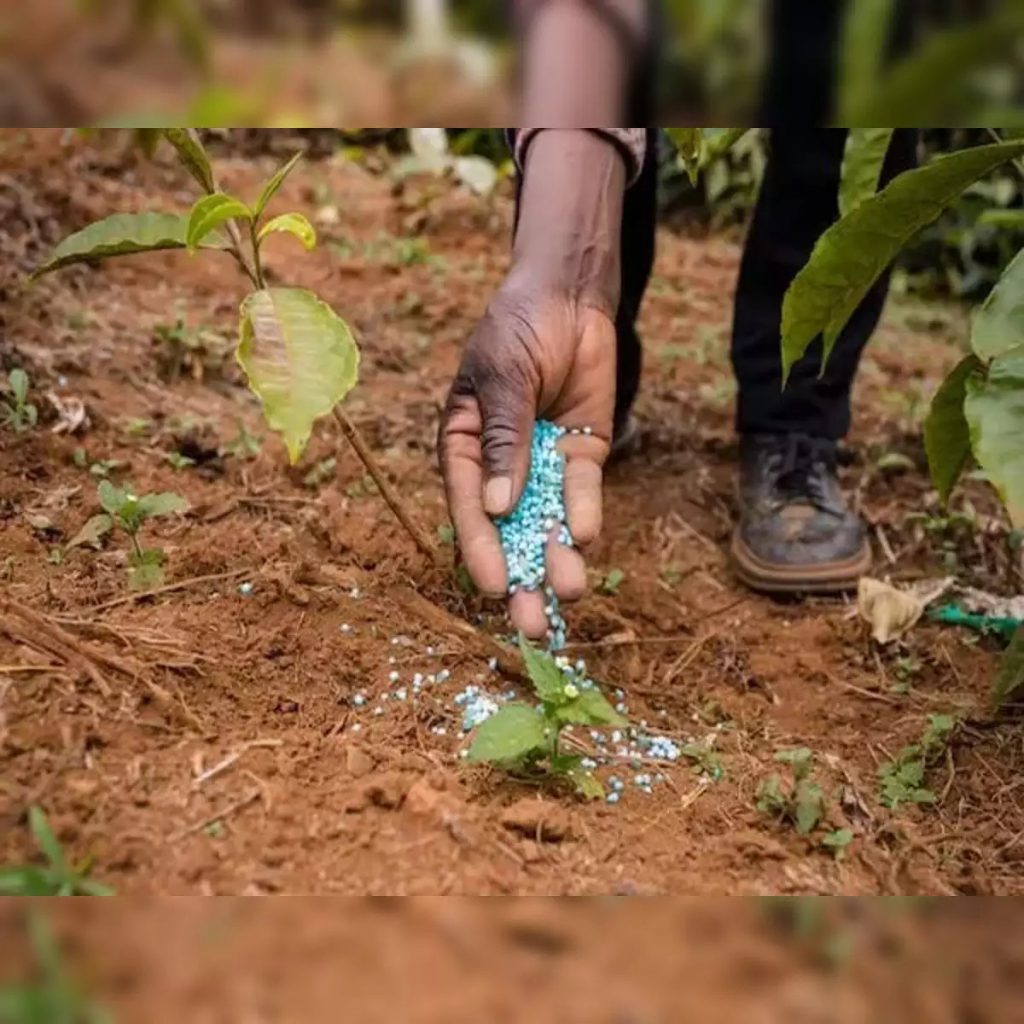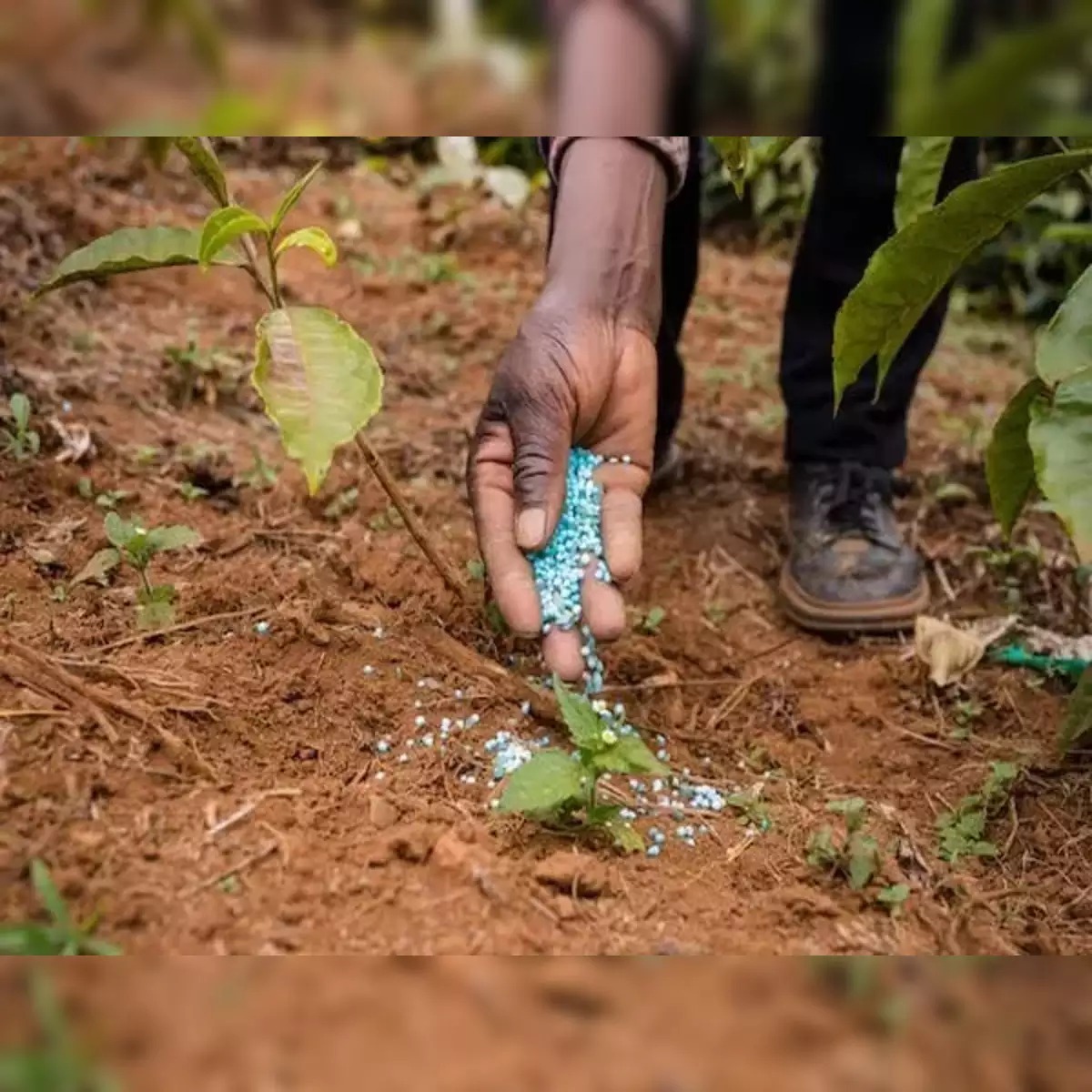India will replace the consumption of 2.5 million tonnes (mt) of conventional urea with nano urea in FY24, union chemicals, and fertilizers minister Mansukh Mandaviya said at a press conference on Friday. This is in line with India’s goal of achieving self-sufficiency in urea production by 2025.
India’s urea consumption in the 10 months to February 2024 stood at 31.7 mt, down from 35.7 mt in the same period of the previous fiscal year, the minister said. “We will reduce 2.5 million tonnes (mt) of conventional urea consumption this year and replace it with an alternative fertilizer like nano urea. In February and March of FY24, we are expecting urea consumption to be no more than 1 mt on average, which will translate to a total of 32.7 mt of urea consumed in FY24,” Mandaviya said. “This is because of our efforts to create awareness among farmers to use nano-urea.”

“In the past two years, the use of conventional urea has been lower in 344 districts, and 74 districts have started using more nano urea,” he added.
About 3.3 million tonnes of nano urea (worth about ₹7 crore) produced by the Indian Farmers Fertiliser Cooperative (IFFCO) were sold from August 2021 to February 2024, the minister said.
Nano urea is a liquid form of the fertilizer for which IFFCO owns the patent. Though the cooperative claims that nano urea increases the availability of nitrogen to crops by 80% and reduces the loss of nutrients from fields, these claims have been disputed by several scientists.
Three plants across the country produce conventional urea to meet domestic demand. With India’s urea consumption growing at 6-7% a year, the government aims to use a fourth plant for its production. With this plant – owned by Talcher Fertilizers Limited in Odisha – urea production capacity could be increased by 1.25 mt a year, the minister said. The three plants currently in use produce 28.4 mt of urea a year.
Increasing the production of conventional urea and using nano urea could reduce India’s import bill by around ₹15,000-20,000 crore, union fertilizer secretary Arun Singhal said in April 2023.
Data from the Department of chemicals and fertilizers showed that India’s fertilizer requirement ranges from 58 to 63 million tonnes a year, but the country produces only about 43 to 46 million tonnes and the rest is imported.
India, the second-largest consumer of fertilizers after China, is entirely dependent on imports for muriate of potash (MOP), a granular fertilizer with 60% potash content. It also imports 4.3 to 4.7 million tonnes of phosphate rock, 9.1 to 9.8 million tonnes of urea, 5.3 to 5.4 million tonnes of diammonium phosphate, and 1.2 to 1.4 million tonnes of nitrogen, phosphorus, and potassium fertilizers.
The government spends a hefty amount on this. India’s fertilizer import bill was ₹2.2 trillion in 2022-23. It also spends a huge chunk of the union budget on fertilizer subsidies. In 2022-23, the government spent about ₹2.55 trillion, a record high, on fertilizer subsidies.
Finance minister Nirmala Sitharaman, in her budget speech last month, said the government would reduce the allocation for fertilizer subsidies by 13% to ₹1.64 trillion in FY25 from the revised budget estimate of ₹1.89 trillion for FY24. The original allocation for fertilizer subsidies for FY24 was ₹1.75 trillion





